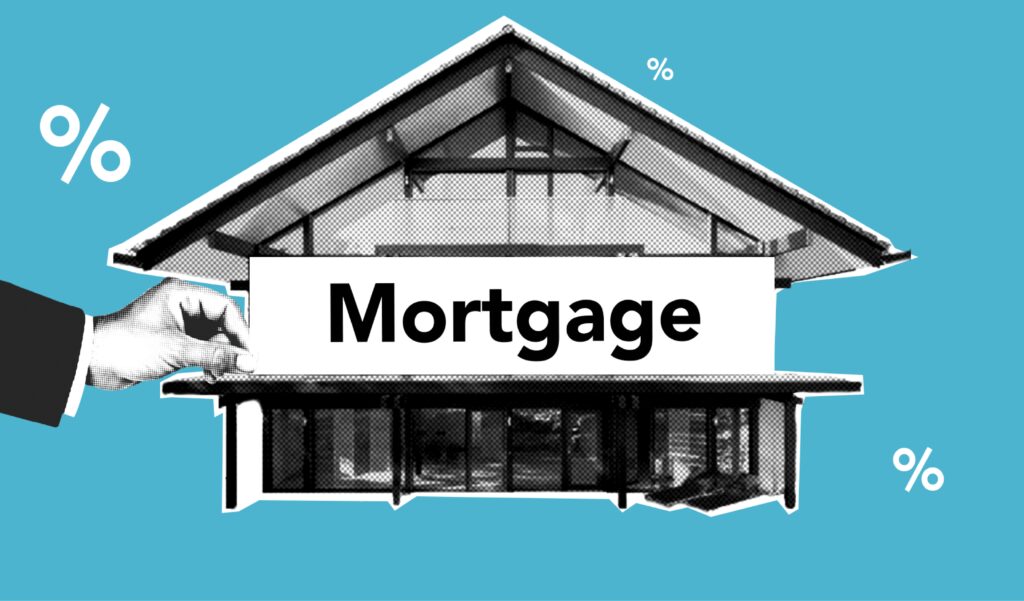A home loan application is a crucial step for those who are looking to buy their first home or those who want to refinance their current mortgage. The process of applying for a mortgage can be overwhelming and confusing, especially if you don’t know what to expect. In this blog post, we’ll break down the steps of a home loan application and explain the key things to consider when applying for a mortgage.
Step 1: Gather your financial information
Before you start the home loan application process, it’s important to gather all the necessary financial information you need. This information includes your pay stubs, tax returns, W-2s, bank statements, and investment statements. You should also have a clear understanding of your debt-to-income (DTI) ratio and your credit score. Your DTI ratio is a measure of how much of your monthly income goes towards paying debts, such as car loans, credit cards, and student loans. A low DTI ratio shows that you have more disposable income and are a better candidate for a home loan. Your credit score, on the other hand, is a number that represents your creditworthiness and is used by lenders to determine if you’re eligible for a mortgage.
Step 2: Determine your budget
Once you have all the financial information you need, you should determine your budget. This means figuring out how much house you can afford based on your income, expenses, and the down payment you have saved up. Keep in mind that you should also consider the ongoing expenses associated with homeownership, such as property taxes, insurance, and maintenance costs.
Step 3: Find a lender
Once you’ve determined your budget, it’s time to start looking for a lender. You can start by contacting a mortgage broker or directly reaching out to a bank or credit union. Keep in mind that different lenders may offer different rates and terms, so it’s important to shop around to find the best deal. You should also make sure that you understand the fees and charges associated with your mortgage, such as closing costs and origination fees.
Step 4: Get pre-approved or pre-qualified
Getting pre-approved or pre-qualified is an important step in the home loan application process. Pre-approval means that the lender has reviewed your financial information and has determined that you’re eligible for a mortgage. Pre-qualification, on the other hand, is a preliminary assessment of your financial information and doesn’t guarantee that you’ll be approved for a mortgage. Getting pre-approved or pre-qualified gives you an idea of how much you can borrow and can help you shop for a home within your budget.
Step 5: Submit your application
Once you’ve been pre-approved or pre-qualified, you can submit your home loan application. This will involve providing the lender with detailed financial information, including your income, expenses, and debts. The lender will also review your credit report and will assess your property to determine its value.
Step 6: Underwriting and closing
Once your home loan application has been submitted, the lender will begin the underwriting process. This involves evaluating your financial information and determining if you’re eligible for a mortgage. If your application is approved, you’ll be required to sign a loan agreement and close the loan. This means paying the closing costs, which are the fees associated with originating and closing your mortgage.
The main things to consider when applying for a mortgage are your budget, your credit score, and your DTI ratio. These factors will determine if you’re eligible for a mortgage and what terms and interest rate.
If you are looking to find a qualified lender, please contact me today. I’d be happy to introduce you to a mortgage professional.
#MortgageApplication #HomeLoan #Lending #HousingMarket #HomeBuying #RealEstate #HomeOwnership #MortgageRates #MortgageLender #FirstTimeHomebuyer #MortgageBroker #Financing #CreditScore #PropertyInvestment #HomeLoanProcess #HomeLoanTips #HomeLoanAdvice #MortgageAdvice #RealEstateInvestment #MortgageIndustry #MortgageLending #HomeLoanOptions

